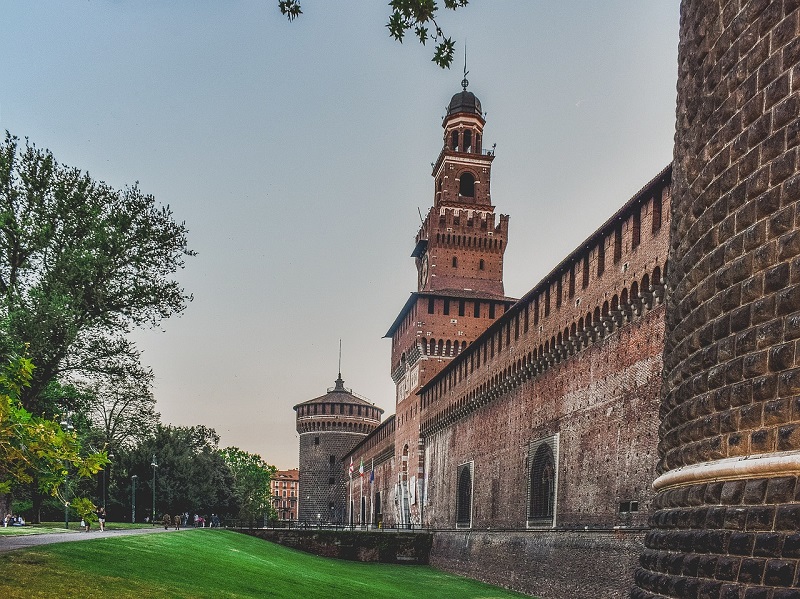Extended Families, directly from the Italian Renaissance
(Extended Families) Article written by Mos Maiorum for Culture Pills
Many believe that the concept of extended families is a prerogative of our modern times.
History teaches us that it is actually a much older and more deep-rooted concept than we think.
A textbook example of extended families that comes directly from Renaissance Milan
It is well known that throughout the Middle Ages and even in the Renaissance, nobles had illegitimate children.
Children who were sometimes legitimized later.
Especially when they needed an heir because maybe there wasn’t a legitimate one ready to inherit the noble title.

In that case, the so-called “bastards” could have been part of the family in their own right.
In other cases, it was not just a male heir’s discourse that led to the legitimization of children born out of wedlock.
Extended families such as that of Galezzo Maria Sforza
The case of Galeazzo Maria Sforza is a bit peculiar also for the time since everyone at the court of Milan knew that he had a permanent mistress, Lucrezia Landriani.
A lover with whom he had four children (including Caterina Sforza, the Tygre of Forlì), a lover whom Galeazzo Maria himself had married to one of his most faithful subordinates, Gian Piero Landriani.
All to give a surname and a future to those children he had not wanted to recognize.
After Galeazzo Maria’s marriage to Bona di Savoia, she not only recognized the four children she had with Landriani, but also Bona of Savoy herself adopted them and treated them as her own children.
Including Catherine, who would later become the granddaughter of Papa Sisto IV.
The modernity of the Middle Ages
An example of how prejudices are sometimes misleading is when people are told that the Middle Ages were a dark and repressive time.
Perhaps the example of the Sforza court could make us reflect on how even today there are prejudices against extended families.
Prejudices that certainly had no reason to exist in that fifteenth century.
Photo by Dimitris Vetsikas from Pixabay

















